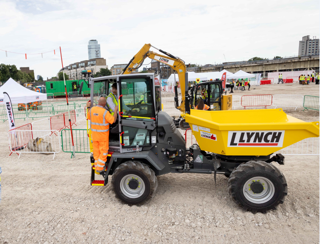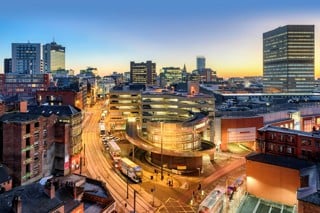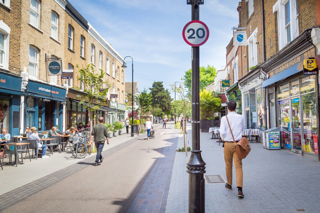The final phase of maintenance work to the Hammersmith Flyover is planned to start next month, with the repairs designed to keep road disruption to a minimum.
Following on from the first phase of work delivered in spring 2012, the final maintenance will extend the life of the structure for years to come, ensuring this vital road network can continue serving London for decades.
During the works, the remaining 11 of the flyover’s 16 spans will be strengthened in a similar fashion to the five spans that were strengthened last year.
The bearings carrying the structure will also be replaced, carriageway drainage will be renewed and the entire flyover waterproofed and resurfaced to reduce the need for further maintenance in the future.
All activity that affects closure of the carriageway both over and under the flyover has been programmed to take place at night, between 10.30pm-5.00am, in order to reduce disruption to road users.
During summer 2014, a limited number of weekend closures in one direction will be required in order for the flyover to be waterproofed and resurfaced.
TfL says it will ensure that these works are widely advertised ahead of them starting in order to help people plan their journeys.
Dana Skelley, director of roads at TfL, said: “Our overriding focus when planning these essential works has been to keep disruption to a minimum.
“We are committed to completing them as quickly and efficiently as possible and will keep the local community and road users informed of progress as we work to deliver these vital improvements.”
The work on the Hammersmith Flyover, and TfL’s wider £200m structures and tunnels plan, forms one of the six key strands of investment that will deliver vital road improvements and implement the recommendations of the Mayor’s Roads Task Force.
During the next ten years, TfL will be investing around £4bn into the capital’s road network.
Working with its partners, including London's boroughs and road user and street user groups, TfL says it will build on the improvements already seen in the management of London's roads, streets and public spaces to help ensure London remains one of the most attractive, vibrant, accessible and competitive cities in the world.



















Login to comment
Comments
No comments have been made yet.